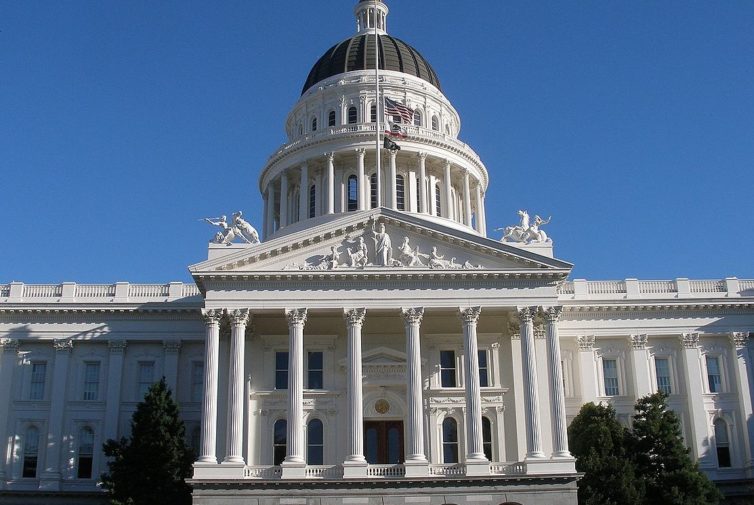In a statement released on medium.com, California Governor Gavin Newsom called out utility Pacific Gas & Electric for the company’s failure to invest in the safety of its transmission and distribution assets.
However, it is not the Governor’s criticisms that drew attention, but rather his proposed actions to the neglectful utility, currently navigating Chapter 11 bankruptcy. After outlining the changes that the Governor not only sees as necessary, but has already signed into law (AB 1054), Newsom shared that if PG&E fails to implement said changes, then “the state will not hesitate to step in and restructure the utility.”
If acted upon, that one sentence could have major ramifications to the way hundreds of thousands, potentially millions of Californians receive their energy.
This is not the first proposed governmental intervention, just the highest level of California government to do so. The cities of San Francisco and San Jose offered multi-billion-dollar deals to buy portions of the grid that serve their respective cities, in efforts to establish the third-largest municipal utility in the state in San Francisco’s case, and the nation’s largest cooperative electric utility in San Jose’s.
San Jose and San Francisco were both met with a swift “no” from PG&E, with the utility confident that it will be able to escape bankruptcy. Furthermore, it’s unlikely that the state government of California would step in and operate the entire utility as it’s currently modeled, with experts in the state calling that avenue the most ‘extreme’ option.
That would create one gigantic, publicly-owned utility, different from any other, as it would not be bound to the geographic area of one municipality. As a publicly-owned utility, this new-look PG&E would not fall under the jurisdiction of the California Public Utilities Commission (CPUC). Because of this, the new utility would not be subject to the guidelines of AB 327, which established California’s current system of net metering, and also established that any successor program must keep up “consistent” solar development.
Regardless of what consistent means under that bill, a government-owned PG&E would not be bound to this growth requirement, meaning that, for behind-the-meter solar, overall development in the future would depend entirely on the attitudes of the members of this new utility’s board.
What is more likely, and is an idea that has been floated around for a decade since the 2010 San Bruno gas line explosion, is the splitting of PG&E into separate gas and electric utilities. This is where things get more interesting. This type of action could also lead to PG&E retaining its gas assets but losing its electric assets, which would then lead to an opportunity for competing utilities or cities of the state to purchase the infrastructure.
If you’re a fan of solar (you’re reading the right magazine), it’s city control that likely interests you the most. Municipal utilities and co-ops, especially those in California, have been very pro-solar in the past, reflecting the attitudes of the citizens that they serve.
This is, in the end, still just conjecture. However, with each passing day, more and more attention comes PG&E’s way. One would think that said attention will herald change, and it more than likely will. The look of that change, and what it means for the solar industry in California, remains to be seen.
This content is protected by copyright and may not be reused. If you want to cooperate with us and would like to reuse some of our content, please contact: editors@pv-magazine.com.









Your 4Nov article on Title 24 implementation complements this one on public operation of PG&E’s grid. But there is a third factor in the equation: PSPS curtailments will speed up household adoption of solar+battery systems. Public ownership is unlikely to affect PSPS frequency and duration, since great wildfire risk will persist however quickly transmission system investment is stepped up. Hundreds of thousands of households who barely gave solar a thought are now focused on power reliability. Some will buy fossil-fueled generators for the lower (single-purpose) cost, and some will just adapt to third-world service levels. But some battery systems offer islanding capability, and the CPUC-driven storage subsidy seems bound to expand. The federal tax credit is shrinking, but great numbers of Californians are now potentially “in the market” for solar retrofits, IF that system restores reliability. The closing sales pitch is that (unlike a fossil or small solar generator) the investment DOES have a rate-of-return, helps stabilize energy costs, is recovered upon home sale.